When conservator Yeo Kang Shua and the restoration team began repairing the plaster in the nave, or central section, of St Andrew’s Cathedral…
…little did they know they would find never-before-seen architectural features tucked away in corners of the building.
The church undertook restoration works costing about $6 million to repair defective plaster surfaces on the facade of its nave.
To the team’s surprise, eight new architectural elements were found during the almost two-year restoration.
Wooden fleur-de-lis and fleury crosses wrapped in lead sheet
Previously assumed to be made of plaster as they were painted in white, the fleur-de-lis, or lily motifs, and fleury crosses on the roof’s pinnacles are actually carved from solid timber and clad in lead sheet – a weatherproofing material made from pure lead and lead alloy.
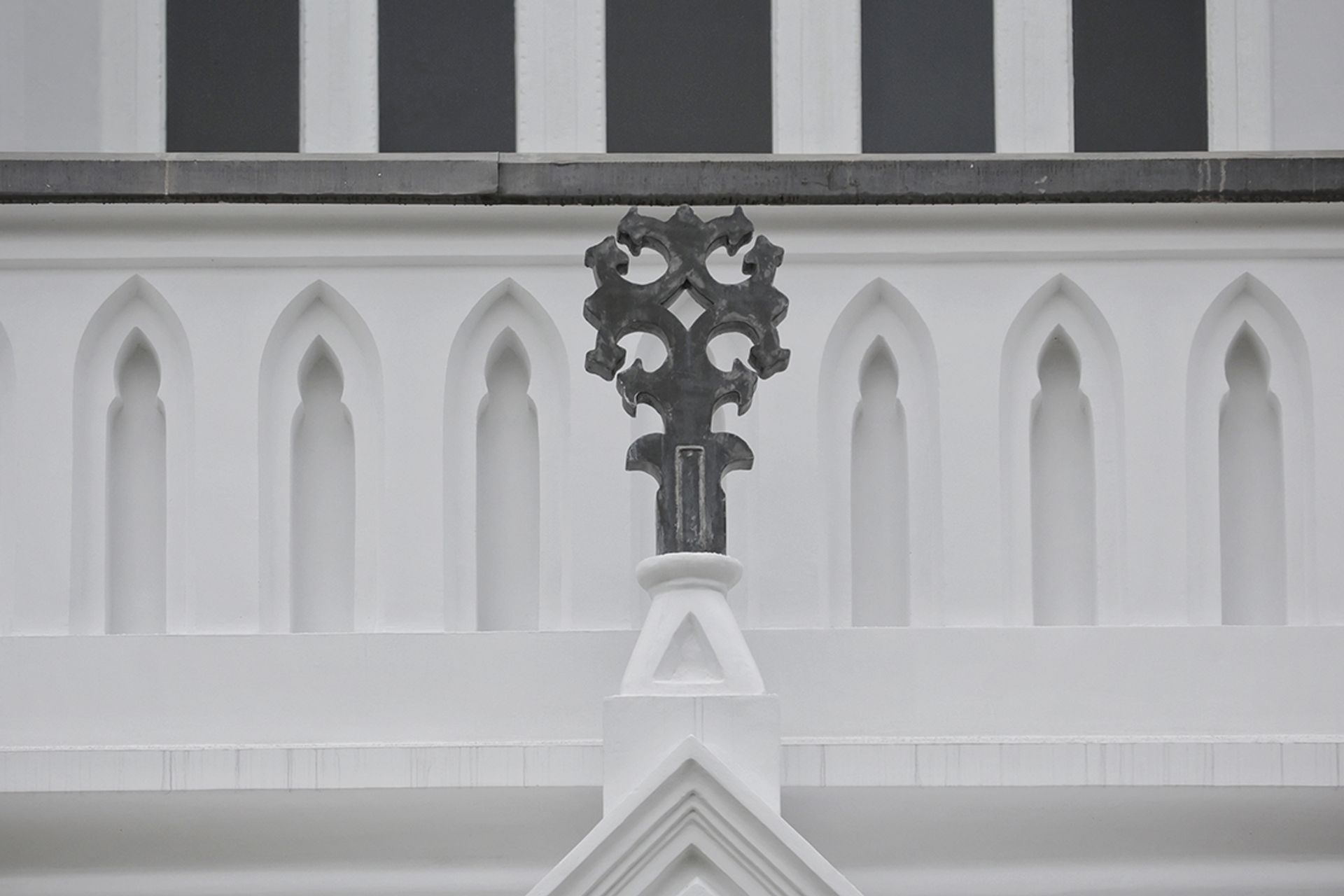
This discovery was made when the team climbed up the scaffolding to have a closer look at these elements.
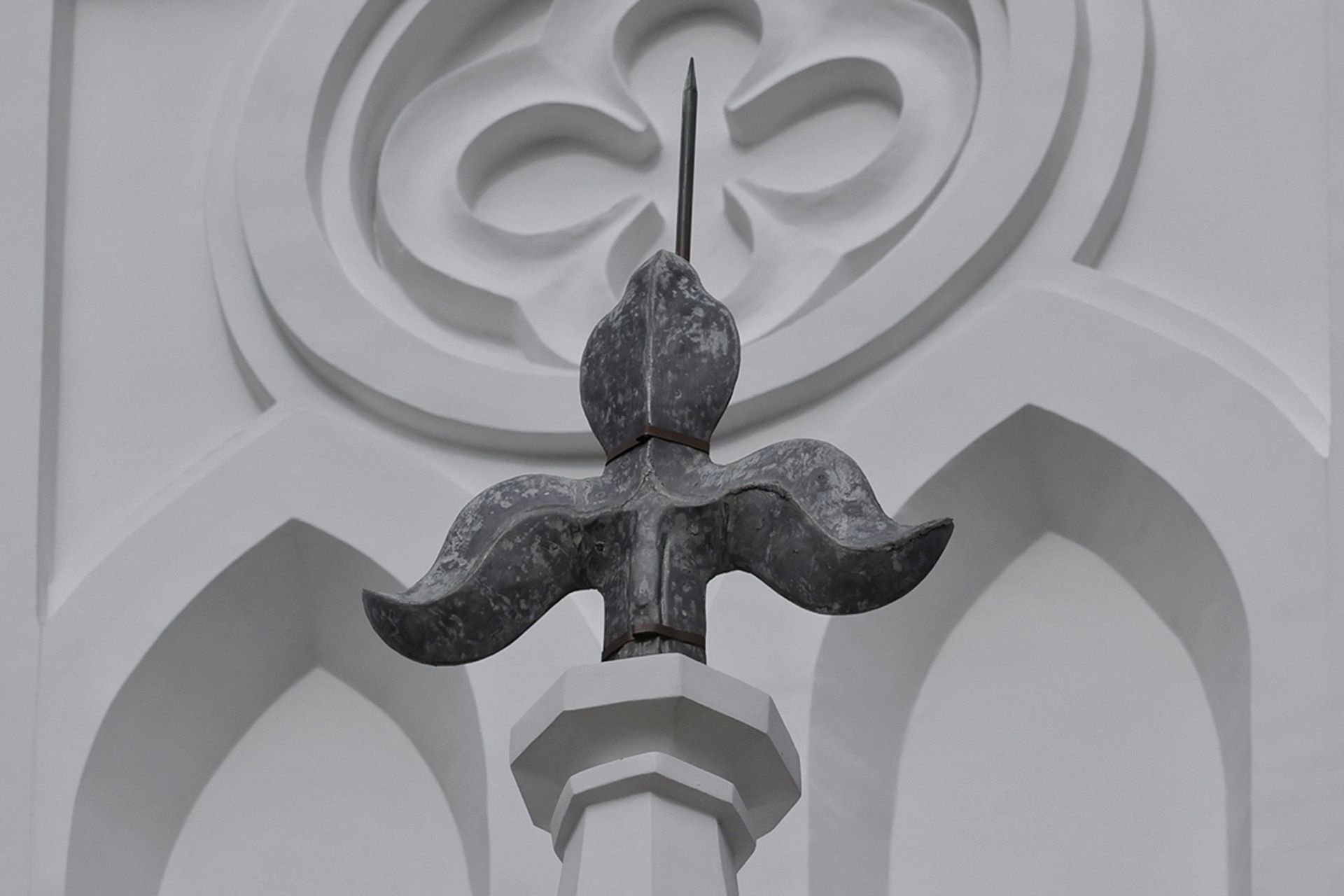
They restored the fleur-de-lis and fleury crosses to their original state.
Two lancet arch niches
A pair of shallow cavities that had been bricked up were found in the walls at the west porch of the nave.
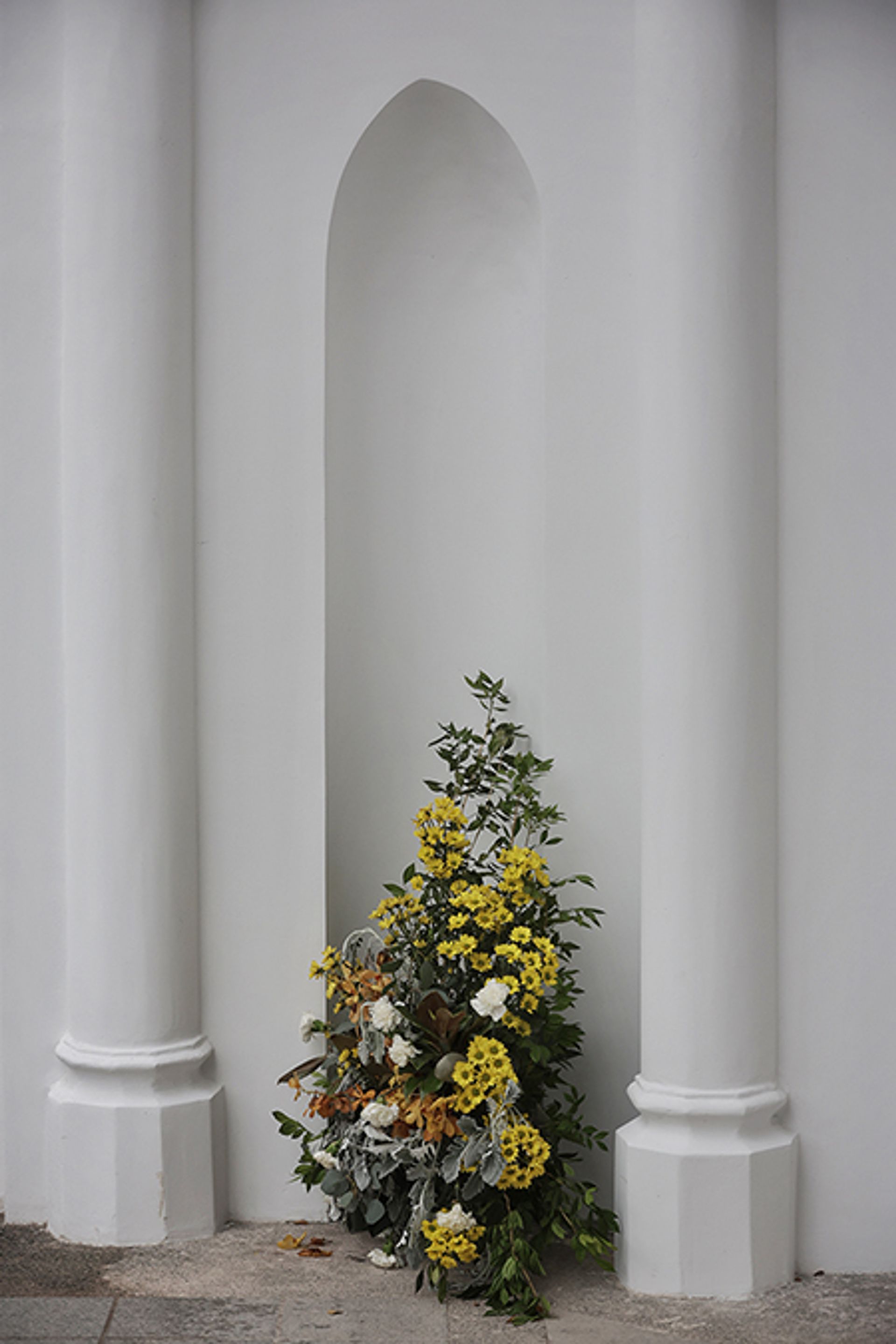
The cathedral decided to restore them and use them as spots for flower displays during special occasions like Christmas.
Granite ribs on vaulted ceiling of west porch
Initially assumed to be part of a brick ceiling, the diagonal granite ribs – 2.5m in height – support the weight of the vaulted ceiling by distributing the load to clustered columns at the sides.
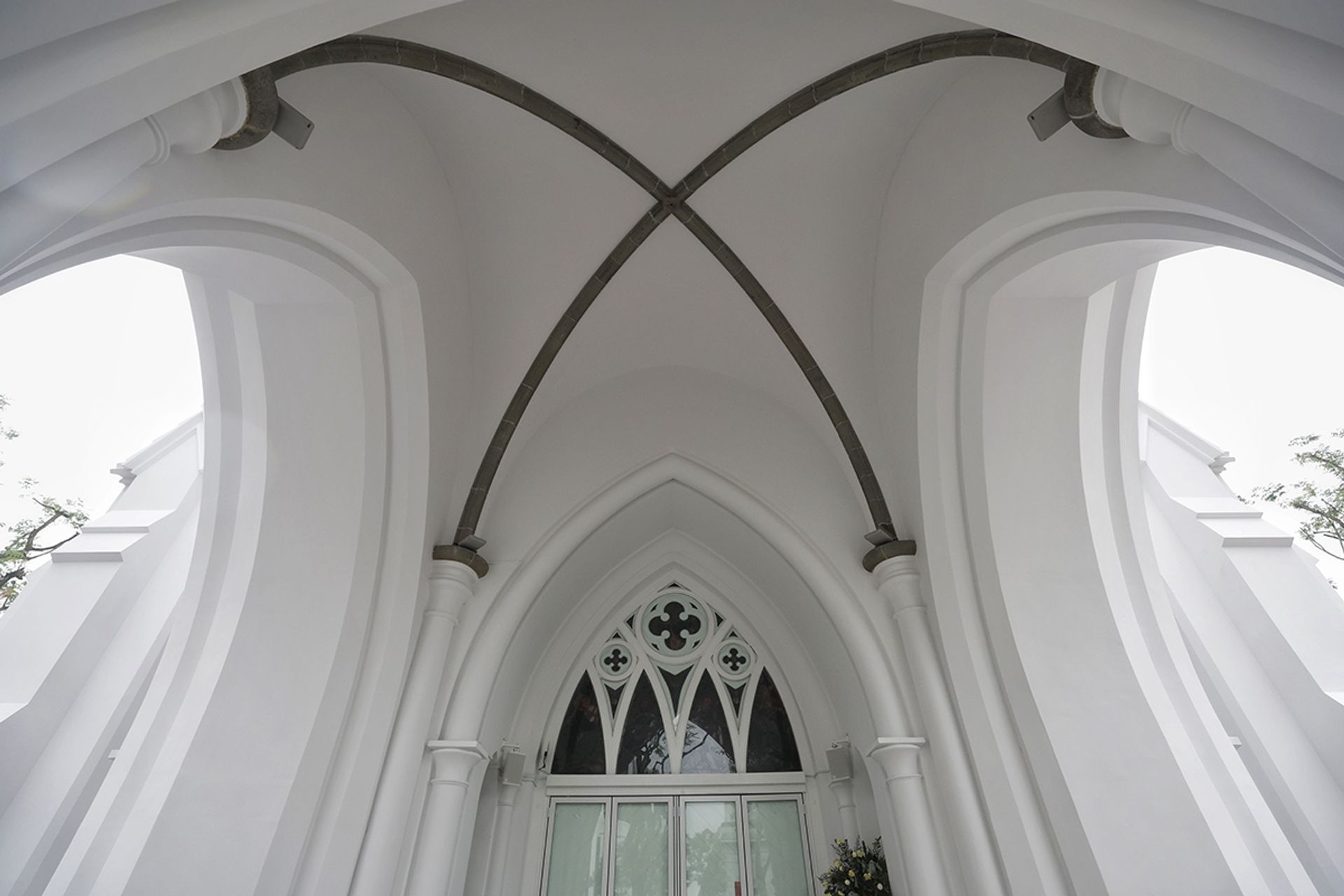
The ribs were restored to their original grey colour, providing enhanced definition to the porch.
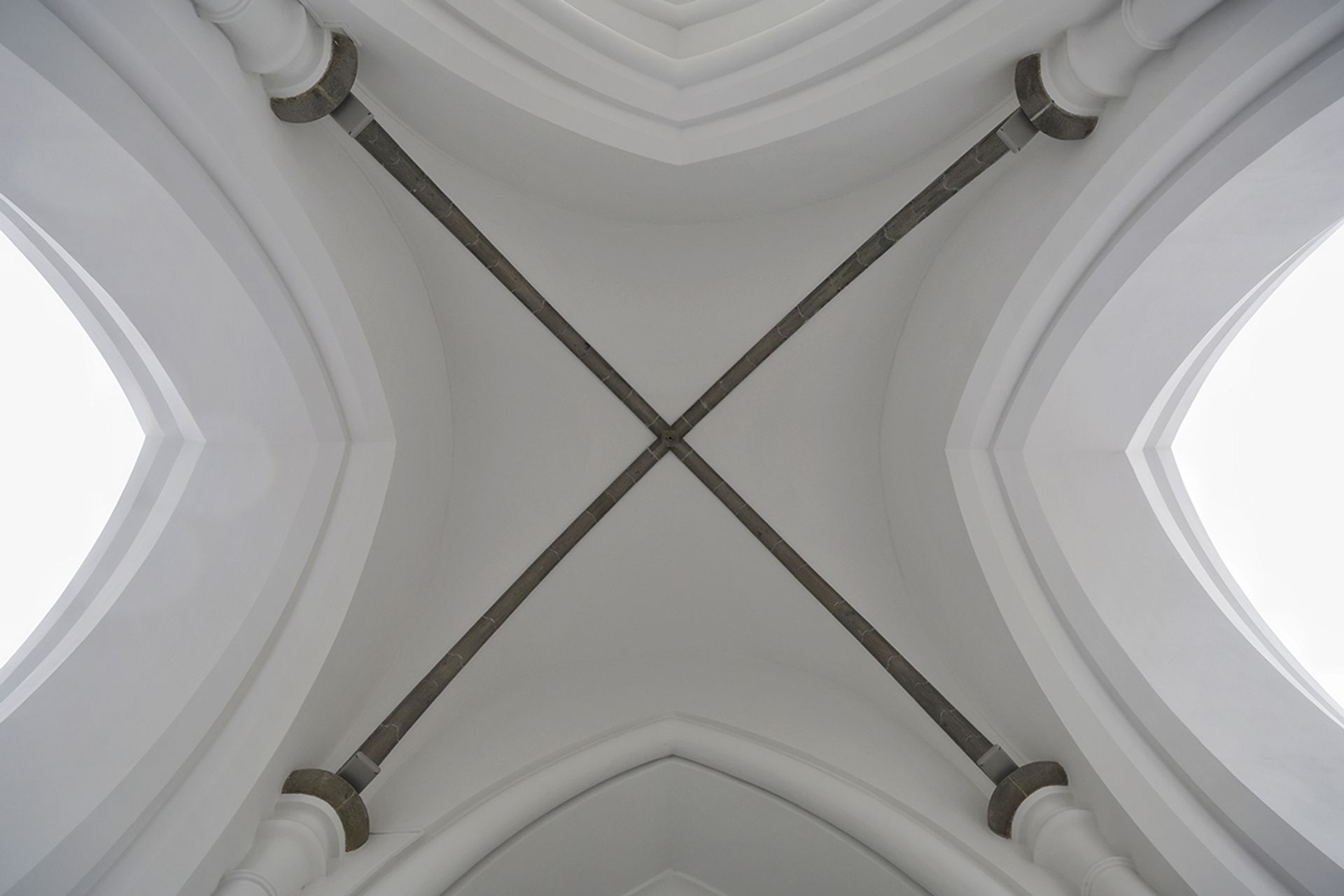
Equipped with a simple boss, or knob, at its highest point, the intersection of the ribs can hold a chandelier like in many European gothic churches, according to Dr Yeo.
Granite window sills
The team restored the window sills to their original granite state. They had previously been painted over with white paint.
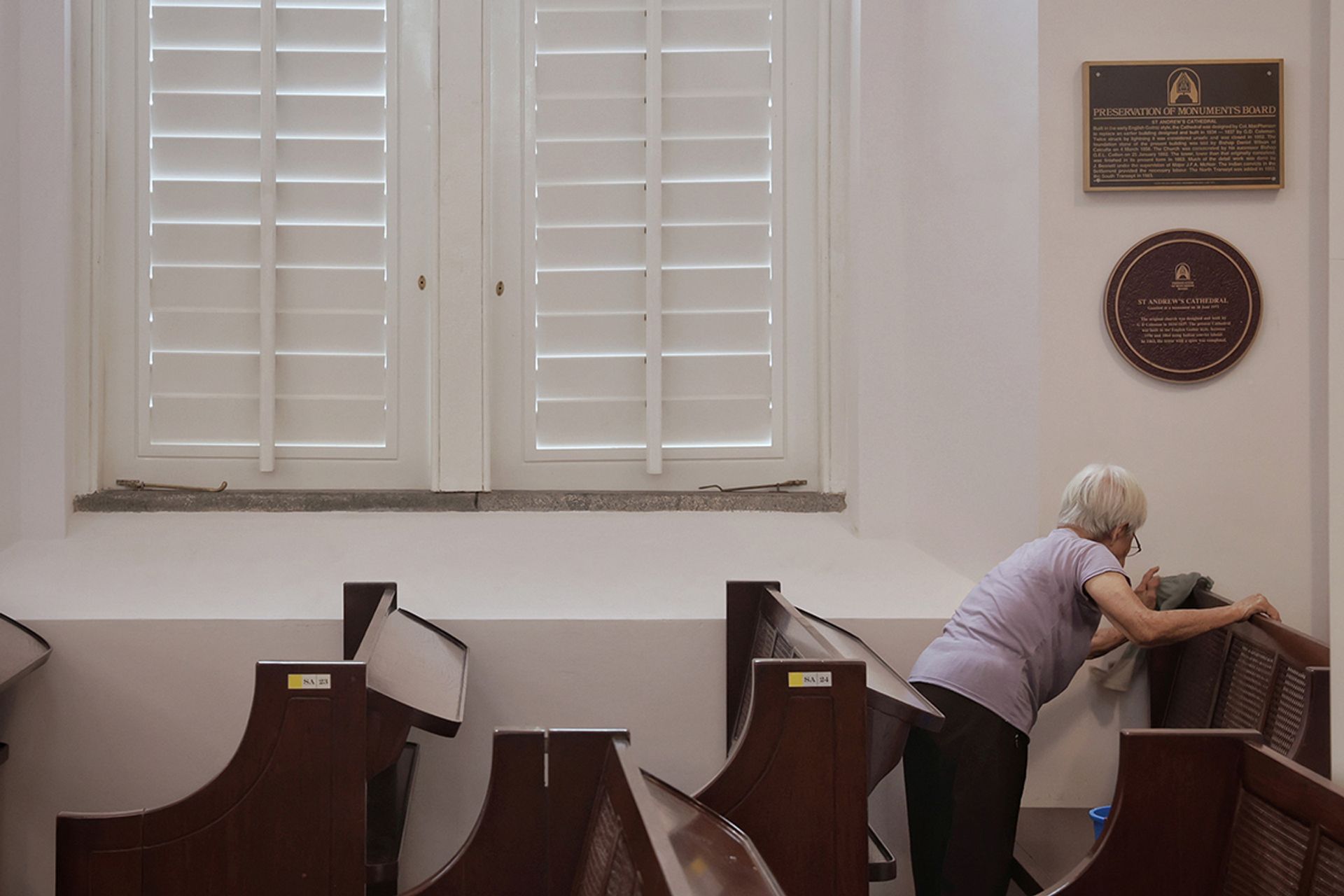
The moveable louvre blades of the nave’s windows, which used to be sealed by layers of white paint, are now fully operational.
Medallions and panels with background colours
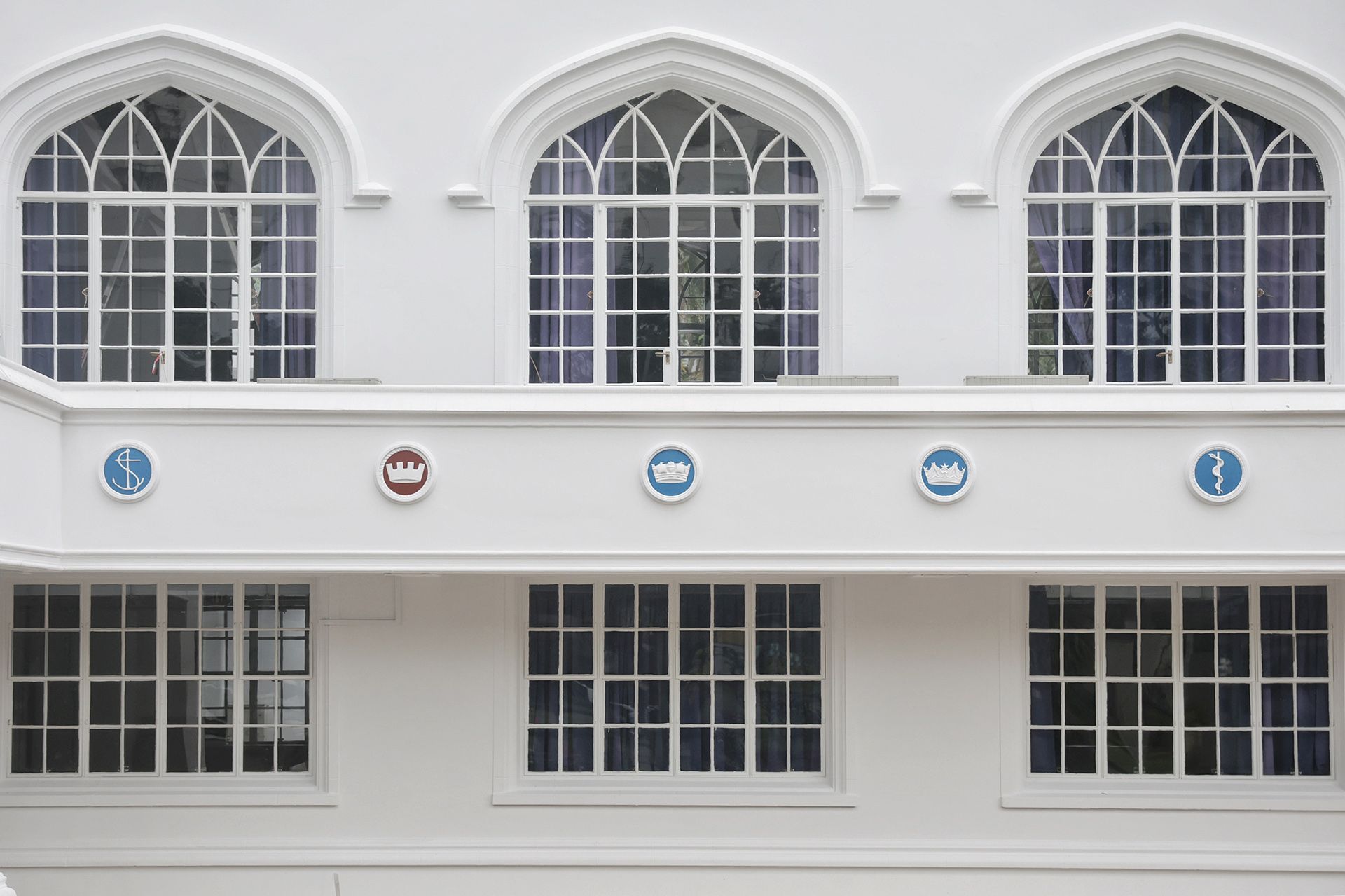
On the exterior walls of the north transept – the section that runs perpendicular to the main part of the building, forming a cross shape – the team unveiled the background colours of 10 round medallions and two rectangular panels containing cap badges of military units, volunteer corps and countries that participated in the South-east Asian theatre of World War II with the British.
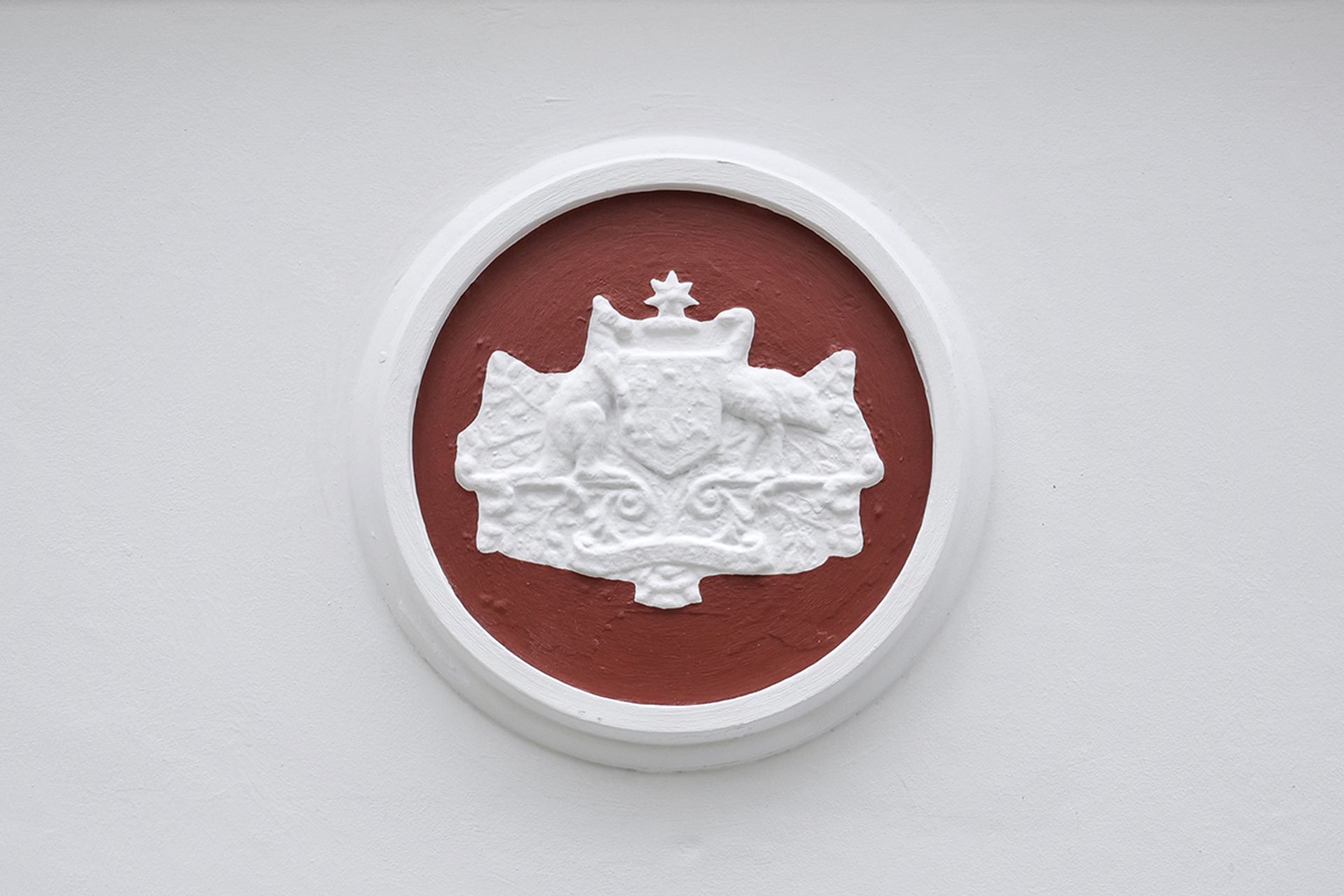
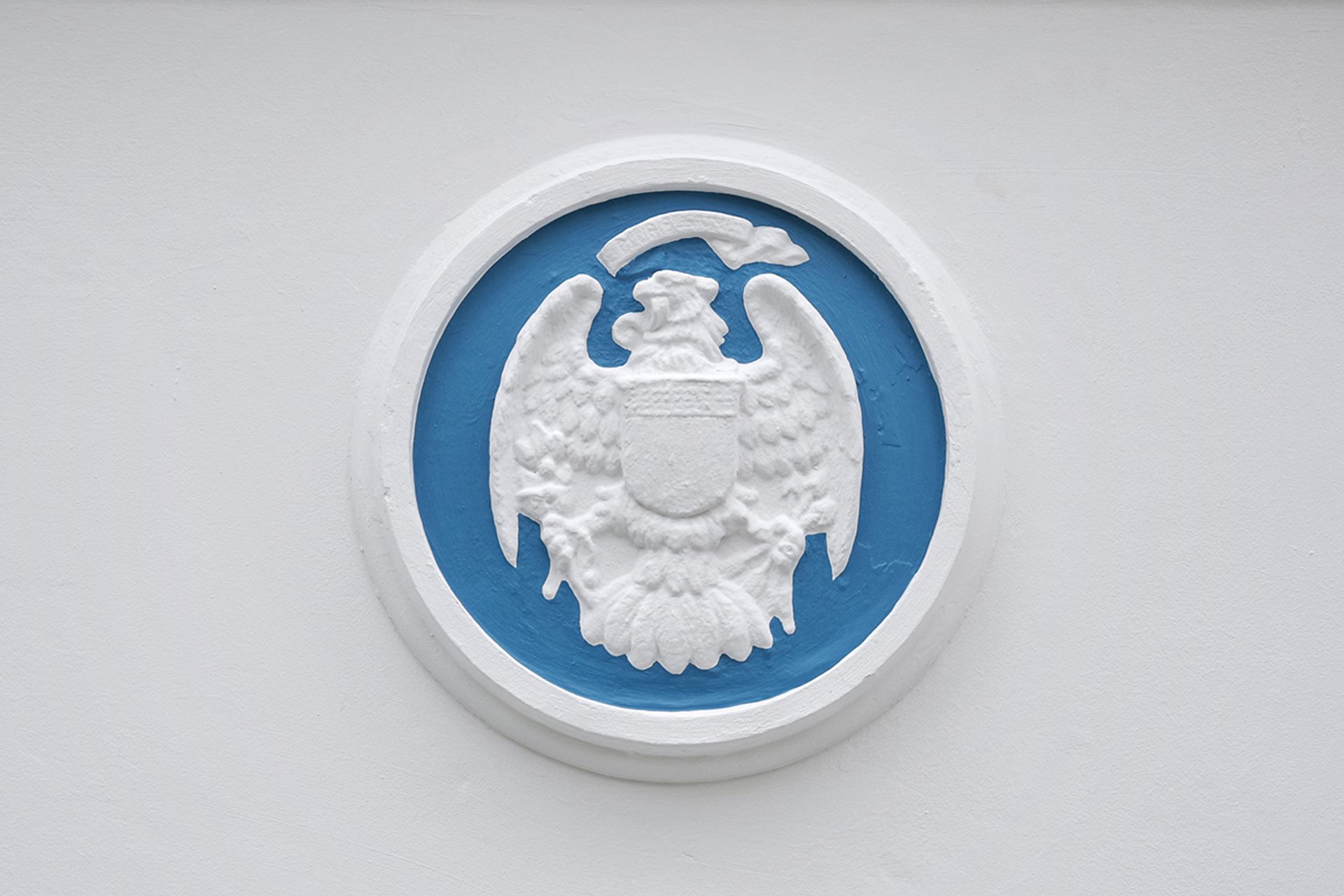
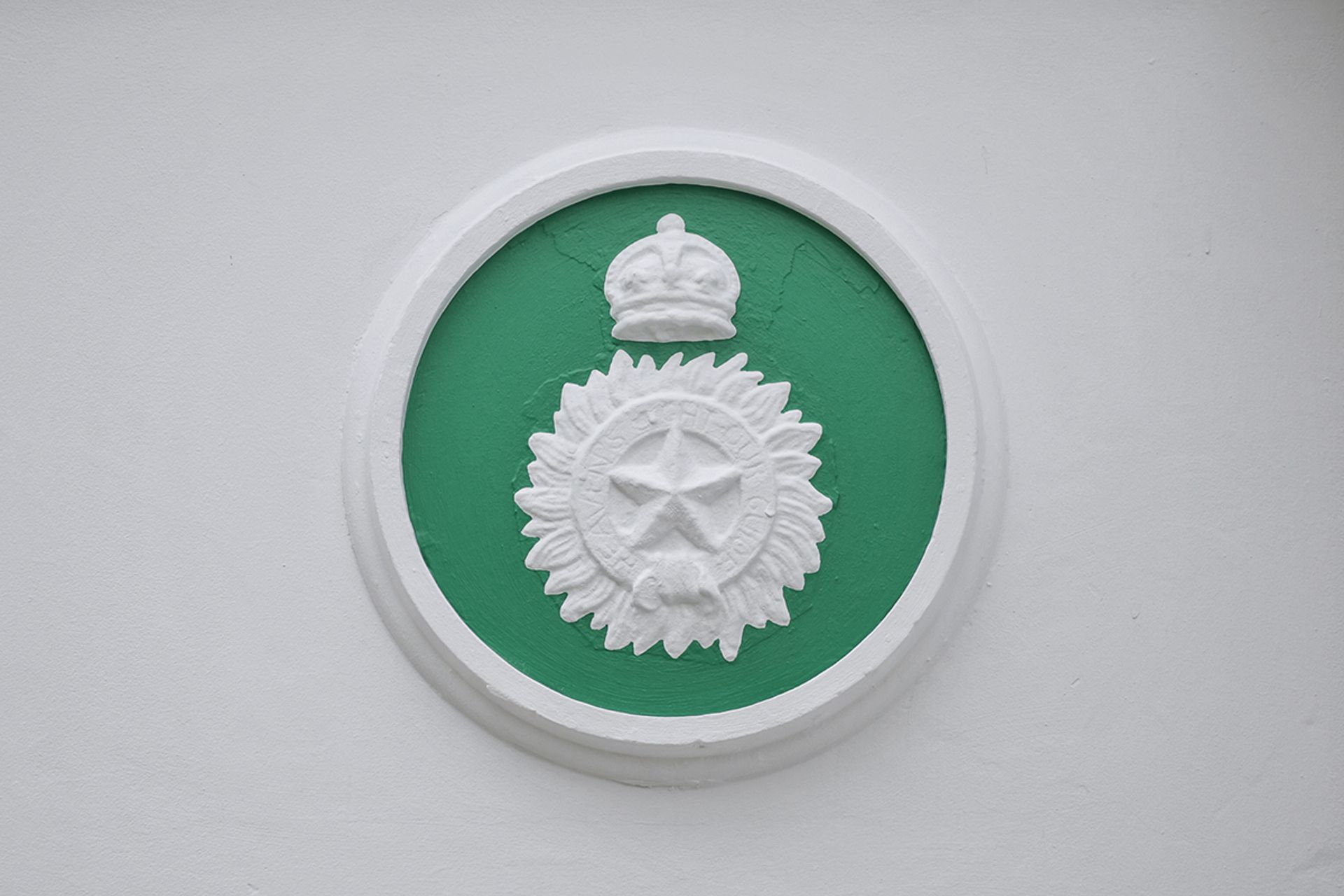
These were always known to be in white.
But the team detected traces of coloured pigments – red, blue and green – in the background.
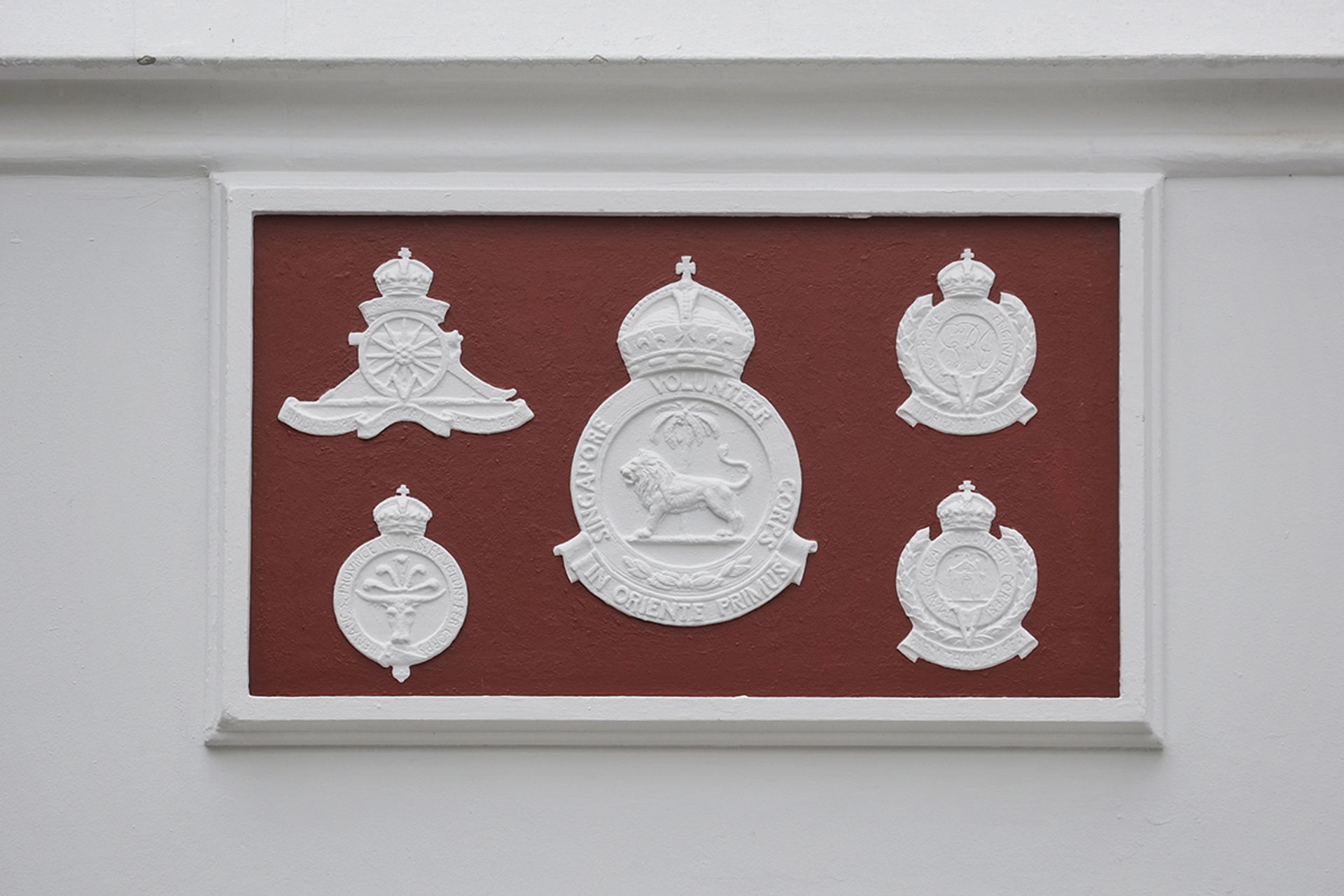
Colour stratification analysis was conducted using X-ray fluorescence to guide restoration of the background colours.
Three doors and a window in the nave
Inside the church, the team uncovered three doors and one window in the area around the altar. These are connected to the vestry, or robing room for priests, and the sacristy, a room to prepare sacred objects to be used during service.
As the doors and window were blocked by built-in cupboards, they went unnoticed before the restoration.
Guided by colour stratification analysis, the team painted the structures in brunswick green or “public works department green”, which was commonly used by the colonial government, as traces of the green paint were detected.
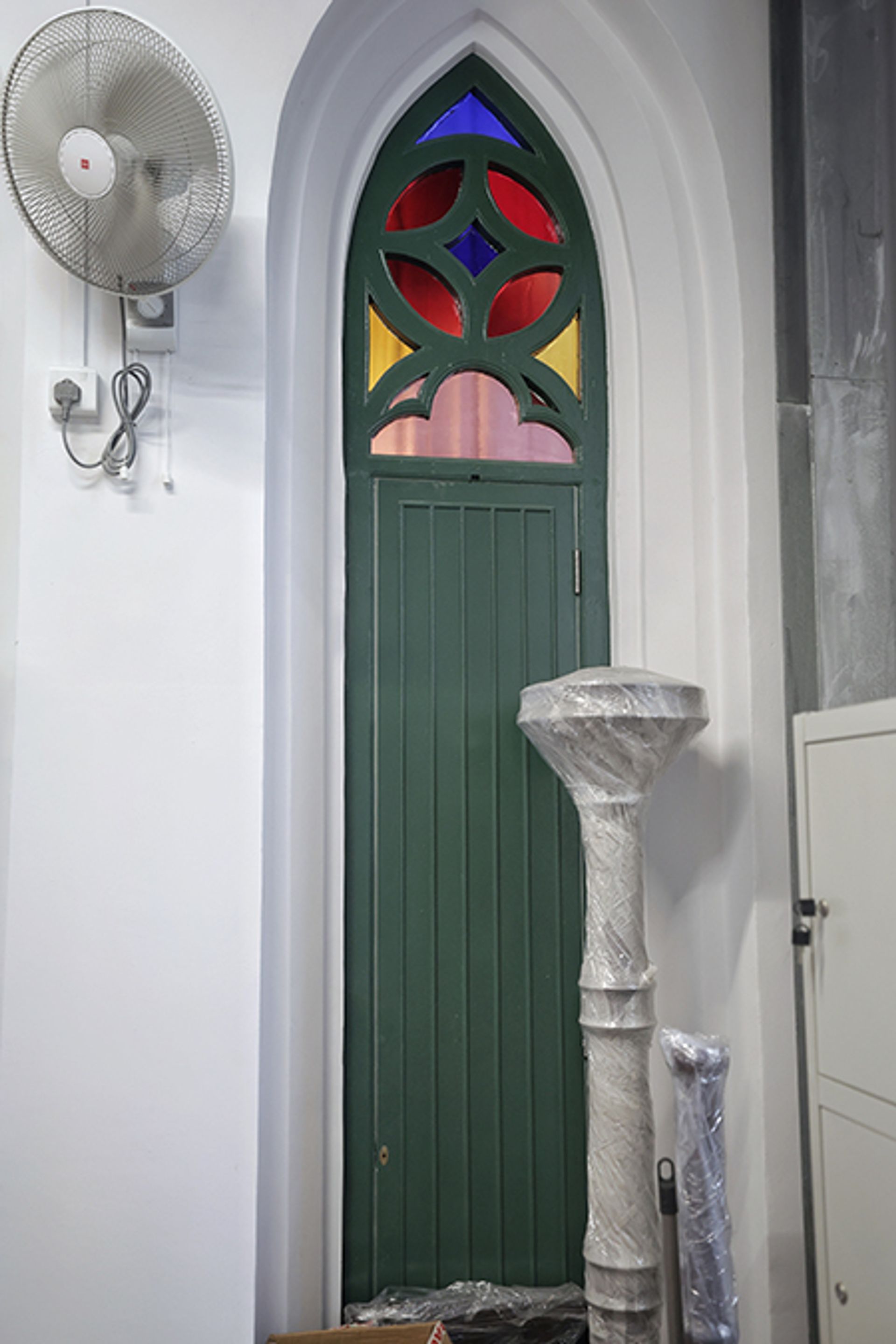
Doors and windows of civic buildings under the public works department in Singapore were painted in brunswick green, especially during the post-war years, according to research conducted by the team.
Green paint was, however, not detected on any of the other doors and windows in the church. This was why Dr Yeo and the team decided against painting the other openings the same colour. They were also worried members of the public might not be receptive to the sudden change in colour.
Full height of windows at vestry and sacristy
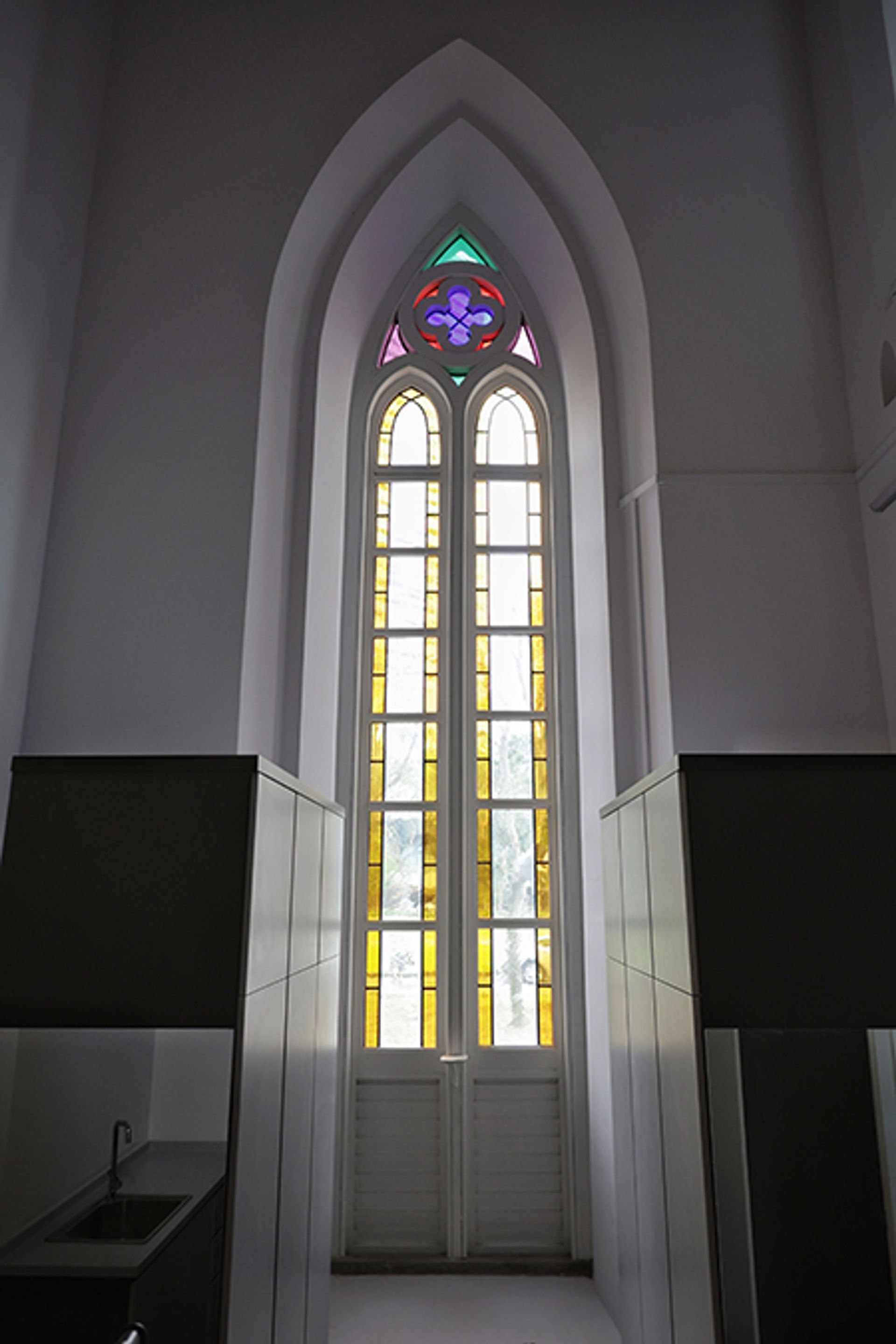
The east-facing windows, which were partially bricked up to make space for storage cabinets in the past, were restored to their original height.
They now stand at 5.2m, with exposed louvre blades taking up almost one-fifth of their frames.
Lancet tracery motifs in the narthex ceiling

A row of lancet tracery motifs was found at the main entrance to the cathedral’s nave after the team made an opening in the false ceiling installed above the columns. They decided to remove the false ceiling and unveil the motifs.
Reverend Christopher Chan, acting vicar of St Andrew’s Cathedral, said the church may consider documenting these architectural discoveries in a video production on its YouTube channel.